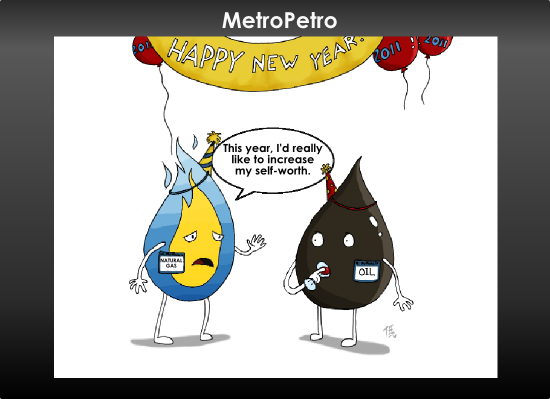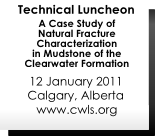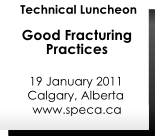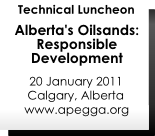| can't see the pictures? view it in your browser here. | ||||||||||||||||||||||||
|
||||||||||||||||||||||||
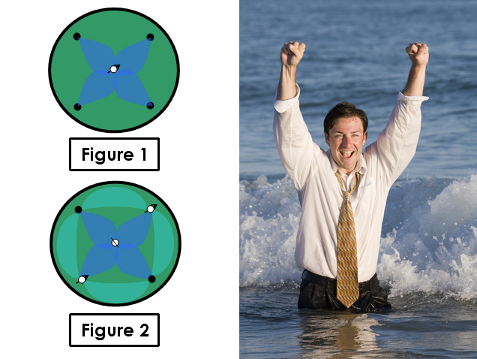 Even with low gas prices, there are many oil pools that go unexamined and are forgotten, just waiting to be re-discovered. Secondary recovery – such as waterflooding – is a familiar way to add value, and will often double the recoverable reserves for conventional oil pools. One important consideration in enhanced recovery is injection pattern. By changing the injection pattern, the sweep pattern, and ultimately the recovery, can be changed. In a mature waterflood, changing the injection pattern helps recover more oil from the un-swept portions of the reservoir. For example, in a hypothetical homogeneous pool with straightforward reservoir geometry, a typical inverted five-spot pattern sweeps only about 1/4 of the pool (see Figure 1). Changing the pattern to a line drive, however, adds approximately 20% to the total swept area (see Figure 2). Most pools are much more complex than the example shown above, but real pools benefit from pattern changes in a similar way. Proven Reserves has worked on over 100 waterfloods, and our experience has helped production companies evaluate sweep patterns and add value to their oil pools. A producer watering out is not necessarily the end of the line for your reservoir. If there is breakthrough it could just mean that a portion pool has been swept and it’s time to adjust the injection pattern. If you have a pool like this it is worth a second look. Proven Reserves can help you determine the optimal sweep pattern to expose new areas of the reservoir to waterflood, and improve the overall recovery. ~Kathryn Tingle |
|
|
 The option to apply for eccentric buffers in Area 2 of Alberta may be eliminated within the next few months, as the ERCB considers harmonizing standard buffers to central targets. Area 1 of Alberta – which is mostly forested – currently requires central buffers, while the farmland of Area 2 allows for more flexibility in buffer size, allowing no buffers on two sides of a spacing unit. For instance, a 200m buffer South and East for an oil DSU would be an eccentric buffer. As described in their Bulletin 2010-39, the ERCB is looking for feedback on spacing in the province, which includes harmonizing standard central buffers. Oil and gas companies that value eccentric buffers should apply for them very soon, as they may not have that option in the next few months as the ERCB moves to implement their new province-wide framework. ~Granger Low |

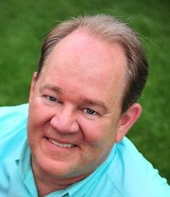
Granger J. Low is the president of Proven Reserves and principal engineer. Granger was born and raised here in Calgary. He has a bachelor and master degree from the University of Calgary in petroleum engineering, and, in his 27 years working in the oil gas industry, has worked all over the Western Canada Sedimentary Basin. At the beginning of his career, he worked four years in the field in Rainbow Lake. His work specialties include pressure transient analysis, reservoir exploitation, and petroleum economics. Granger enjoys serving in the community when he’s not at work. He has served as the CEO of a local charity, and is currently a scout leader with Scouts Canada. He also is a water ski enthusiast. |
|
|
|





